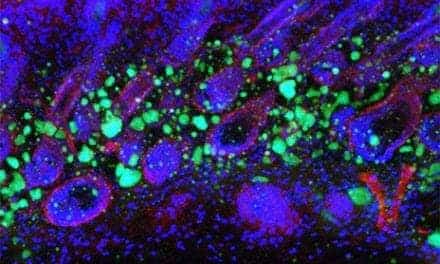A collaborative effort among scientists from the Lomonosov Moscow State University and Stockholm University has added more proof to a belief that has been steadily gaining more acceptance — that aging is a disease, and that it can be stopped or at least, slowed.
As it is, there are numerous ongoing studies related to aging and anti-aging solutions. There’s the use of Yamanaka factors. There’s protein adjustment ; and the use of a VCAM1 blocker — VCAM1 is a protein that increases in amount as people age.
And there’s also the use of blood plasma.
This time, the anti-aging study’s focus is on the mitochondria — referred to as the cell’s powerhouses because their main function is to produce the energy needed by cells to function properly. By developing a new compound they are calling artificial antioxidant SkQ1 to target the mitochondria, the team of scientists led by Russian biologist Vladimir Skulachev was able to slow down aging in their test subjects.
The experiments involved a special strain of genetically-modified mice which were created and characterized in Sweden. They introduced a single mutation into the genome of the mice, and this resulted in accelerated aging and early death of the mice. Instead of a typical 2-year life span, the mice lived less than a year. Moreover, they also developed what were clearly age-related diseases.


